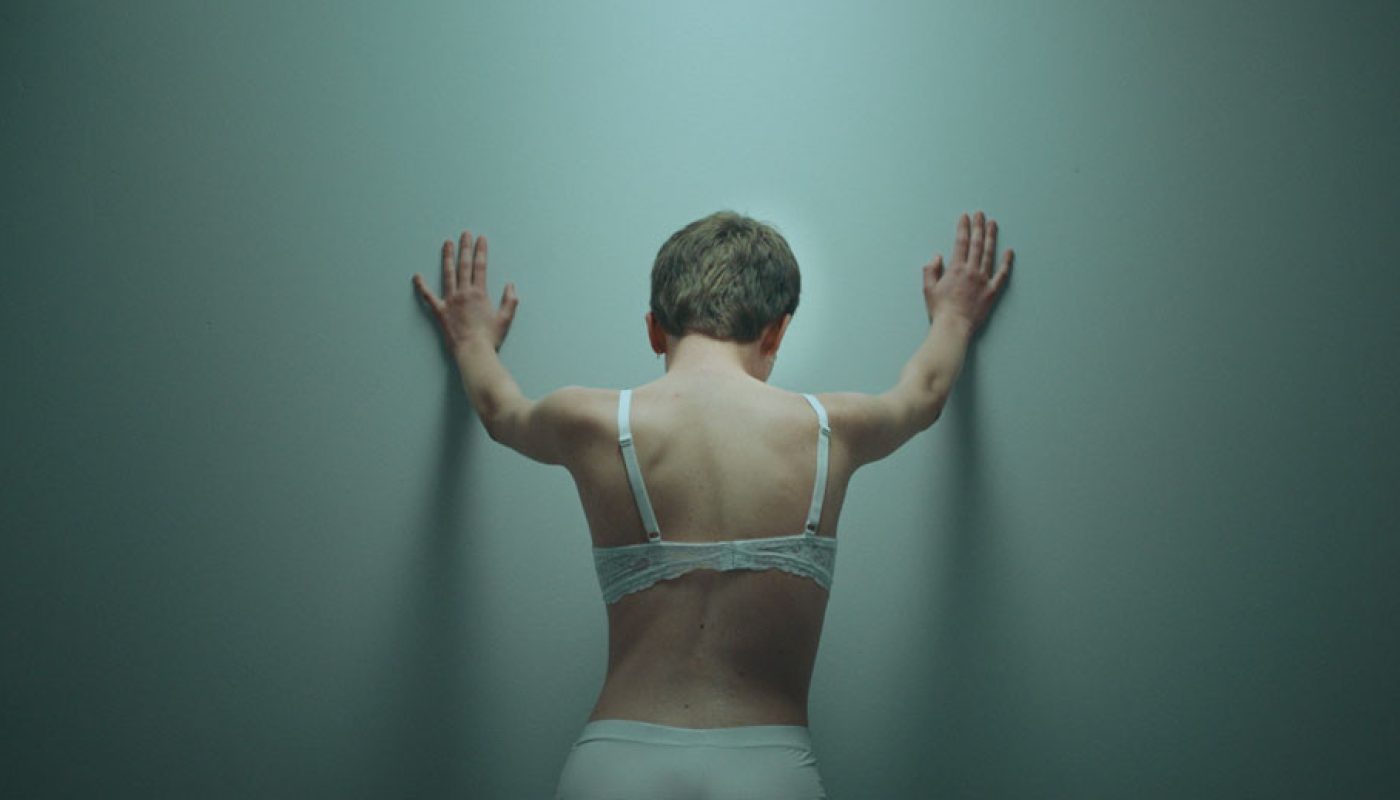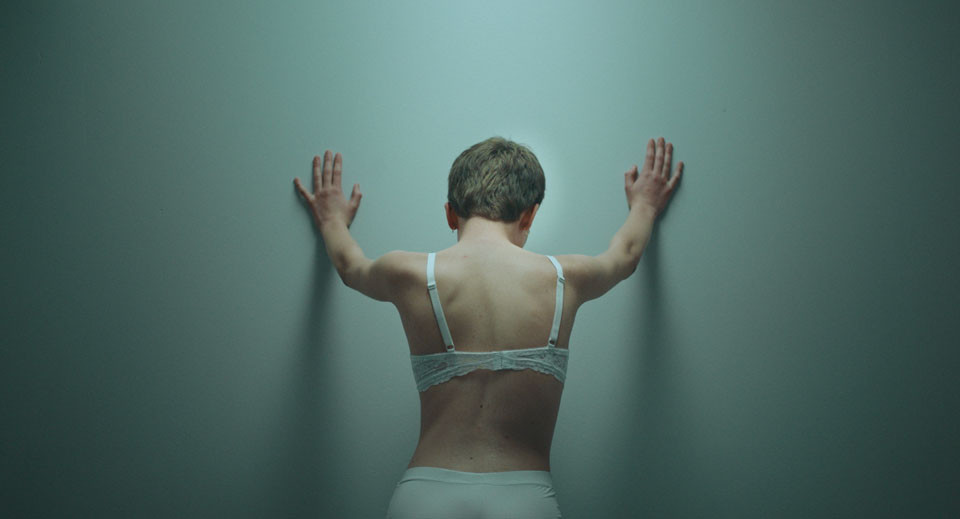

Case Study: We Were Three
Three young girls are on their way home from a parent free weekend in England when a naive joke at the wrong place has unaffected consequences
Geplaatst op 8 maart 2019Caroline Ingvarsson is a writer/director from Malmö, Sweden. Her latest short We Were Three premiered at Tribeca Film Festival 2018 and won her the Bonnie Award at Göteborg Film Festival. Ingvarsson’s short Beneath the Spaceship (2015) premiered at Toronto International Film Festival and it won the “After Bergman” script award in 2014, an award by the Ingmar Bergman Center foundation. In 2016 she was selected for Berlinale Talents. Ingvarsson’s short documentary The Dogwalker (2014) won 2nd prize at Palm Springs Short Fest. Caroline Ingvarsson was the recipient of the 2014 & 2016 Pixel Director Talent Award and the 2014 SWEA Los Angeles Film Grant. She has previously worked as a Casting Director i.e. for Australian Director Amiel Courtin-Wilson. Caroline holds a Diploma in Screen Studies from Sydney Film School, Australia, and a Masters Degree in Broadcast Journalism from City University in London, England.
“You have listen to your inner voice even if you don’t have the complete answer.”
Real life rebel
“When I was 17 years old, me and two friends were arrested at an airport in 2004, under suspicion of a terrorist threat – after making an innocent, but flippant comment about concealing a bomb in our luggage.
After reflecting on this ordeal, I started writing the script. I wanted to capture the naivety of how we, as young Swedish girls, were desperate to be considered as adults and, in a moment of capricious humor, we were confronted for the first time with the reality of what it means to be an adult and be held accountable for your actions.”
Perspectives
“It took approximately two months to write the script and we wrote three drafts before we submitted the script to the financiers. Once we got close to shoot, I consulted airport employees and security to make sure that our dialogue and actions where aligned to something truthful. During the filming process, I often allow the actors to change the dialogue as long as they’d end up where the scene was heading. So some dialogue is exactly as in the script, and other sections are more ad lib, for example, the interrogations scenes.
The difference for me between writing the script and taking it on as a director, is that when I write, I’m in my characters’ world. When I see it from a director’s point of view, I break down the characters’ motivations and their desires in each scene, and in doing so I know the direction of the scene. So, I would say, I see the script from two completely different perspectives.”
Changes
“In pre-production, my DOP and I would work through each scene, taking stills of each set up and then post the images on a wall to map the order of the narrative. In doing so we managed to see the film as a whole before we started to film. But of course, once you are on set, things will change. Maybe a new idea comes to you or you realize your original idea didn’t work as well as you thought: you have to be open to change.
In casting for We Were Three, I knew I wanted to work with Selma Moéeer Wiking, who was the lead actor in my prior film Beneath the Spaceship, but finding the other two lead characters I knew was going to be hard. I auditioned several different young actresses, but couldn’t find the right friendship dynamic. Selma was part of a band called The Tits, and I thought I should audition the two other girls, even if they didn’t have any acting experience. To my delight both Sofie and Livia were very comfortable in front of the camera and their friendship bond was exactly what I was looking for. Both my producer and I have worked a lot on big productions, as 1st AD and Production Managers, so we are quite confident in breaking down and making a shooting plan. We had to film in two different airports and three different cities, this guided us in how many days we should shoot. I think it ended with shooting for four and a half days. We received funding from the i.e. Swedish Film Institute, SVT (Swedish Broadcaster), and Film i Skåne (a regional film fund).”
Airport struggles
“The tricky part of our film was to film inside of the airports as it comes with a lot of restrains, both time, money and regulation of what we could and couldn’t do. For example, the security belt, we weren’t allowed to photograph or prep prior to filming, so when we where allowed in we had time restraints and had to make it up on the spot with many extras and actors. But the team worked great within these restraints. At Copenhagen airport we had this grand plan to film along this big window that showed all the parked airplanes and the tarmac in the distance, but with light problems and all these signs in Danish in the way (the films is supposed to be set in the UK) we had to come up with a completely new idea and move the scene to a totally different location.”

The post-production
“For me this film was quite hard to edit as the film’s runtime is limited to 10 minutes and the story has two characters who both have individual journeys. Me and the editor worked really hard in finding their individually voices within the time restraints.
Once we had found the form of the film in the edit we brought in the composer to create music from scratch. We had to do several rounds of sketches of music before we found the right tracks for the film.
We premiered the film at Tribeca Film Festival in the U.S. in 2018 and has since screened it at more festivals in Europe, Asia and the U.S.”
Valuable life lessons
“My tip for other directors is to work through the scripts properly before you go into a shoot. Otherwise you end up having more problems in the edit, and have to come up with creative solutions to be able to tie the story together.
I would also say that it’s super important to stay with your gut feeling throughout the process, as you will be asked to take so many decisions; and in that you have listen to your inner voice even if you don’t have the complete answer.”